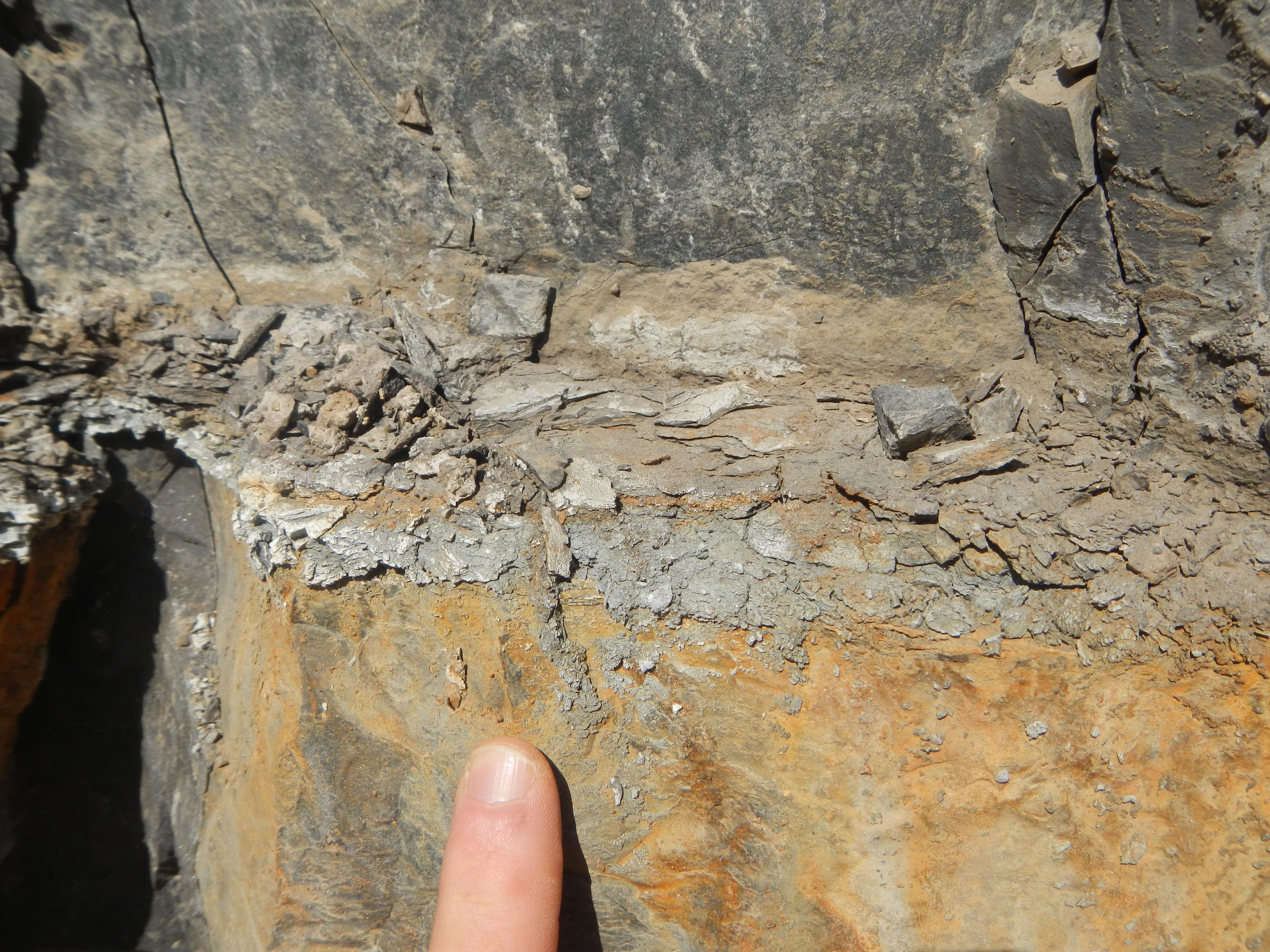
Research Projects
Ongoing research is funded through the remains of an NSERC Discovery Grant and internal funding from Carleton University.
A) Three different general projects are related to the Clam Bank Formation, western Newfoundland:
1) stratigraphy and sedimentology-
Dix et al. 2023: Canadian Journal of Earth Sciences 60, 1573-1596
2) paleontology:
i) ophiuroid arm imprints - Dix (2025) Journal of Paleontology
ii) revised paleontology of the Clam Bank Formation; an Early Devonian assemblage Canadian Journal of Earth Sciences (in press)
3) calcrete, origin and geochemistry; placing the Clam Bank Formation within a paleolatitudinal spectrum of late Silurian-Early Devonian calcretes from Pennsylvania through Scandanavia. Field work completed, data analysis ongoing. Target journal:
a) the Clam Bank section shows an upsection change of increased moisture and water delivery; for Sedimentology;
b) a regional view of late Silurian - Lochkovian paleosols through the Appalachian and Caledonide orogens will (hopefully) display hemispheric contrast; aimed for PNAS.
B) Stratigraphic and sedimentological support for paleontological analysis of soft-bodied remains of echinoderms, Neuville Formation (Upper Ordovician), southern Quebec.
Current work is determining age of bentonites that bracket the outcrop occurrence of these fossils. I am providing stratigraphy and sedimentology expertise in collaboration with colleagues at Université de Montreal (Chris Cameron, Greta Ramirez), UQAM (Jonathon Davies, Héloise Pinon), and Mario Cournoyer (Manager, Musee de Paléontologie et de l'Évolution,Montréal)
